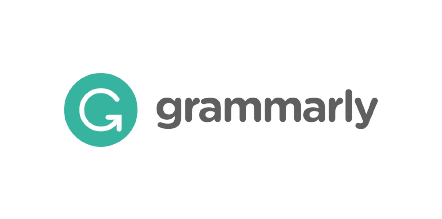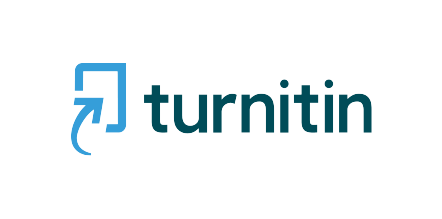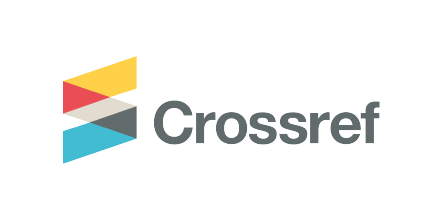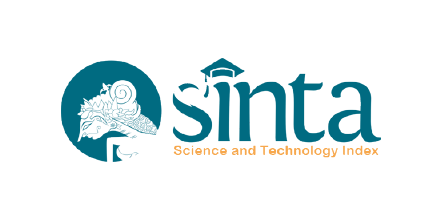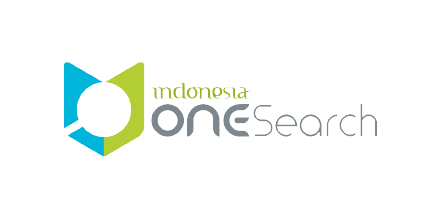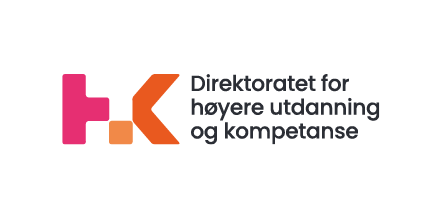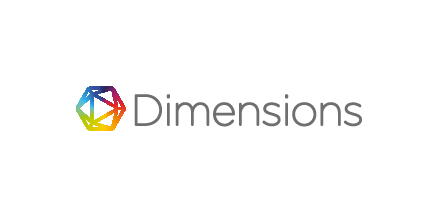Design of Interactive Multimedia Learning Vocabulary for Students Communication Disorder and Deafness During the Covid-19 Pandemic
DOI:
https://doi.org/10.21776/ub.ijds.2020.007.02.12Keywords:
multimedia, learning, deaf, Covid-19Abstract
The development of technology is very helpful in teaching and learning in general. However, these developments can also be used for students with disabilities, especially those who have communication disorders and deafness. But in reality, teachers are still limited in managing the development of teaching materials even though school facilities are sufficient to do that. This is very reasonable considering the limitations of educators who must specifically focus on trends in the development of technology-based education. The interactive method is one alternative solution, especially the role of multimedia technology in learning media. At the school for students with disabilities in Denpasar, SLB B Sidakarya for the category of communication disorder and deafness requires the media to follow these developments. In the initial design stage, taking vocabulary content for grade 1 students, by gathering various data needs, especially from the users, namely teachers and students. The data then becomes the basis for designing interactive multimedia vocabulary learning, which is the basic development of several subjects. The media will have a positive impact, especially increasing student interest in school, with files that are relatively lightweight and processed in design research, expected to be easier for students to learn. This media can also be a medium to help when students study at home, especially the Covid-19 pandemic period, certainly helped by collaboration between the school and design practitioners. In addition to vocabulary, it is also expected to be able to motivate development in other media to assist persons with disabilities in learning, especially in pandemic situations.References
Daryanto (2016) Media Pembelajaran. Yogyakarta: Gava Media.
Fadhli, A. (2010) Buku Pintar Kesehatan Anak. Yogyakarta: Pustaka Anggrek.
Indonesia, P.R. (1997) Undang-Undang Negara Republik Indonesia Nomor 4 Tahun 1997 Tentang Penyandang Cacat.
Indonesia, P.R. (2003) Undang-Undang Republik Indonesia Nomor 20 Tahun 2003 Tentang Sistem Pendidikan Nasional.
Kunandar (2007) Guru Profesional: Implementasi Kurikulum Tingkat Satuan Pendidikan (Ktsp) Dan Sukses Dalam Sertifikasi Guru. Jakarta: Rajagrafindo Persada.
Munadi, Y. (2013) Media Pembelajaran (Sebuah Pendekatan Baru). Jakarta: Referensi.
Setiawan, I.N.A.F. (2018) Sinema Paradoks: Pengantar Dan Konteks Kontemporer. Jayanegara, I.N. (Ed.). Denpasar: Stmik Stikom Indonesia.
Setiawan, I.N.A.F. (2020) Era Kekinian Publikasi Open Journal Systems Dan Perancangan Identitas Visual Jurnal Bali Membangun Bali. Jurnal Bali Membangun Bali, 1 (1): 1-18.
Simamora, R.H. (2009) Buku Ajar Pendidikan Dalam Keperawatan. Jakarta: Egc.
Syafaruddin (2012) Pendidikan Dan Pemberdayaan Masyarakat. Medan: Perdana Publishing.
Syafaruddin (2019) Manajemen Dan Strategi Pembelajaran. Medan: Perdana Publishing.
Upi, T.F. (2007) Ilmu Aplikasi Pendidikan. Jakarta: Imtima.
Downloads
Published
How to Cite
Issue
Section
License
Copyright (c) 2020 I Nyoman Jayanegara, I Nyoman Anom Fajaraditya Setiawan, Gusti Agung Meirany Putri

This work is licensed under a Creative Commons Attribution-NonCommercial 4.0 International License.







